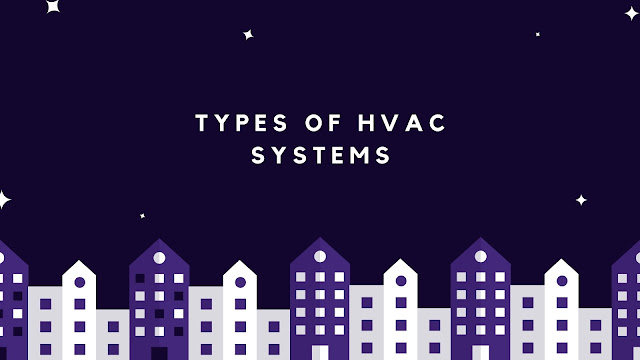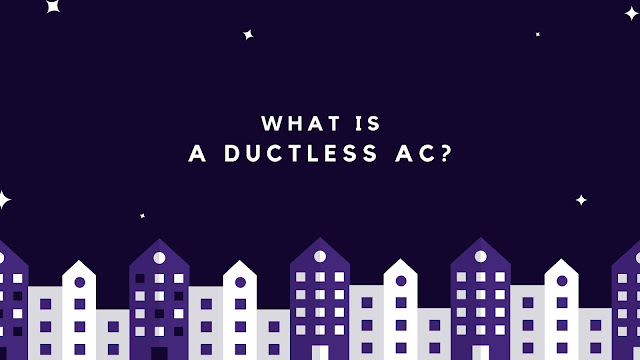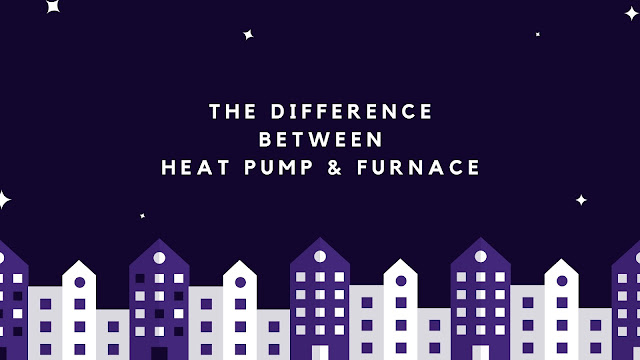You may not have given the types of HVAC units available much thought when installing it in your house or workplace, but there are various sorts of HVAC units, each with their own positives and negatives. If you or your business is certainly considering setting up an HVAC device in your building, it really is worth going for a second appear at they types of HVAC products available.
There are four main types of HVAC systems. There are split systems, hybrid systems, duct-free of charge systems, and packaged heating system and atmosphere systems. Each of these sorts of HVAC units have got pro’s and con’s, and knowing these elements can help you determine which is most beneficial for you.
Cooling and heating Split Systems
The most typical types of HVAC systems will be the cooling and heating split systems. As the name would imply, the machine is definitely split between two primary units, one for heating system and one for cooling. These systems are significant because they include both interior and outdoor products, which are often recognizable.
These sorts of HVAC products have a coolant system outdoors, which uses refrigerant, compressors and coils to great air, and a fan to blow out heat. These are often the large Air conditioning units put beyond your home, which run through the summer.
The cooling and heating split systems also offers a heater, usually positioned in a basement or various other space for storage, which uses gas to heat the home. That is dispersed by the lover, or evaporator to circulate the atmosphere. This system runs on the traditional thermostat to control the temperature, and can keep most homes at your desired heat range.
Most systems are also packaged with purifiers, and humidifiers thus regardless of the weather your home or place of work is kept comfortable. These systems are hottest because they are most generally applicable, without specific needs or environmental factors.
Ductless Mini-Split Heat Pump
A duct-free HVAC system provides a solution for spaces where conventional ducted systems aren’t compatible. They can also be great compliments to accessible ducted types of HVAC systems.
Ductless mini-split units are installed directly into the zones of the home that need heating and cooling. You can have as many as four indoor air flow handling devices (four zones or rooms) for each outdoor unit.
Packaged Heating plus Air Conditioning System
A packaged HVAC system contains the compressor, condenser, and evaporator all in one unit, often located on a roof or near the foundation.
It is a good solution for homes and offices without adequate space for all the separate parts of split systems. They are sometime used in small commercial buildings and often include electric coils or a furnace for heating.
Hybrid Split System
A hybrid system types of HVACs are similar the split systems, but with some key variations. These systems are on the rise due to their ability to mitigate energy costs through their electrical hybrid heating system, which differentiates them from the other types of HVAC systems.
This key difference, usually set by the owner, sets these types of HVAC systems apart from the rest of the pack. The ability to switch between gas power, which is definitely quicker and more complete, to electric, which is more efficient and quieter, allows home owners to decide how they want to heat their home.
Useful in more moderate climates that are capable of taking advantage of this during months where it isn’t too chilly, and electric heat will do just fine. This system uses traditional ducts, and also thermostats, and provides all the benefits of a split system, but with the added option to conserve energy, and lessen utility bills.
Of the many types of HVAC systems, packaged Heating and Surroundings may be the most niche. The machine is a contained heating system and air unit, that's stashed away within the home. It is normally kept within an attic or best floor space for storage, and acts to both great and heat a residence.
Its compact size helps it be useful for smaller areas or homes, and allows it to end up being located within the house if an exterior isn't an option. These varieties of HVAC systems can also be very effective, and conveniently maintained. They are usually found in warmer climates, because the heating system isn't as powerful as various other options. The heat is normally electrically produced, but other styles can merge gas and electric powered abilities.
In overview, there are plenty of types of HVAC systems, but now you’re just a little better ready to decide which is ideal for you. The Split program may be the most generally utilized, but hybrids are increasing because of their energy performance. Mini split systems are ideal for picky households or service market, and packaged heating is perfect for small locations, or warm climates. Each of the types of HVAC devices offers pro’s and con’s.
If your current system uses ductwork, your upfront costs will be lowest if the new system also uses ductwork - Standard split system, geothermal or electric furnace (warm climates only). Replacing a boiler/radiant system or a mini split ductless system with the same type also presents the lowest equipment and installation costs. Adding fresh infrastructure such as ductwork, a radiant system or through-the-wall refrigerant lines is much costlier than a direct alternative of what is currently there.





